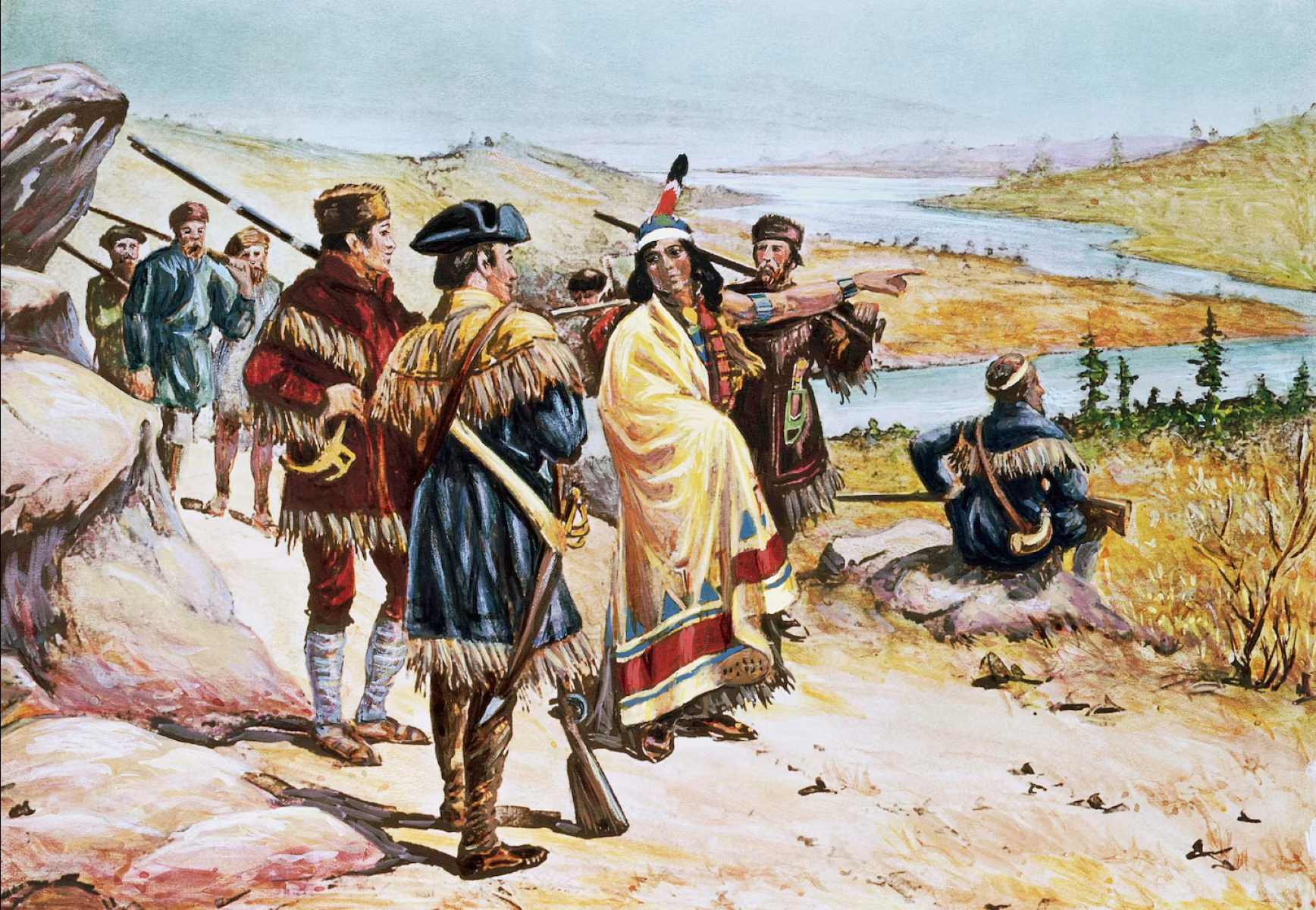Hidden Sites Of The Lewis And Clark Expedition

Have you ever wondered about the hidden sites of the Lewis and Clark Expedition? This historic journey across uncharted American territories holds many secrets waiting to be explored. From lesser-known campsites to forgotten landmarks, these places offer a glimpse into the challenges and triumphs faced by the Corps of Discovery. Imagine standing where Lewis and Clark once stood, feeling the same sense of adventure and discovery. Whether you're a history buff or just love exploring new places, these hidden gems provide a unique way to connect with America's past. Ready to uncover the untold stories of this epic expedition? Let's dive in!
Hidden Sites of the Lewis and Clark Expedition
The Lewis and Clark Expedition, also known as the Corps of Discovery, is one of the most famous journeys in American history. While many know about the major stops, there are several lesser-known sites that played crucial roles. Let's take a look at some of these hidden gems.
1. Camp Dubois, Illinois
Camp Dubois served as the winter camp for the Corps of Discovery before they officially began their journey. Located near present-day Wood River, Illinois, this site was where the team prepared for their epic adventure.
- Historical Significance: Training and preparation ground for the expedition.
- Activities: Explore reconstructed buildings and interpretive exhibits.
2. Fort Mandan, North Dakota
Fort Mandan was the Corps' winter quarters from 1804 to 1805. Situated near present-day Washburn, North Dakota, this fort was where they met Sacagawea, who would become an invaluable guide.
- Historical Significance: Meeting place with Native American tribes and Sacagawea.
- Activities: Visit the reconstructed fort and museum.
3. Pompeys Pillar, Montana
Pompeys Pillar is a rock formation that bears the only remaining physical evidence of the expedition. Captain William Clark carved his name into the rock on July 25, 1806.
- Historical Significance: Only site with physical evidence of the expedition.
- Activities: Hike to the pillar and see Clark's inscription.
4. Travelers' Rest, Montana
Travelers' Rest near Lolo, Montana, was a crucial campsite for the Corps. It is the only archaeologically verified campsite of the expedition.
- Historical Significance: Verified campsite with evidence of the Corps' stay.
- Activities: Explore the visitor center and walking trails.
5. Fort Clatsop, Oregon
Fort Clatsop was the winter encampment for the Corps from 1805 to 1806. Located near present-day Astoria, Oregon, this site marked the end of their westward journey.
- Historical Significance: Winter quarters and end of the westward journey.
- Activities: Tour the reconstructed fort and learn about the winter stay.
6. Spirit Mound, South Dakota
Spirit Mound was a site of great curiosity for the Corps. Native American legends spoke of little people inhabiting the mound, prompting the explorers to investigate.
- Historical Significance: Site of Native American legends and exploration.
- Activities: Hike to the mound and enjoy interpretive signs.
7. Lemhi Pass, Montana/Idaho
Lemhi Pass marks the Continental Divide and was a significant milestone for the Corps. It was here they realized the daunting task of crossing the Rocky Mountains.
- Historical Significance: Crossing point of the Continental Divide.
- Activities: Scenic drives and hiking trails.
8. Great Falls, Montana
The Great Falls of the Missouri River presented one of the most challenging obstacles for the Corps. They had to portage around the falls, a task that took nearly a month.
- Historical Significance: Major obstacle and portage site.
- Activities: Visit the Lewis and Clark Interpretive Center and see the falls.
9. Fort Osage, Missouri
Fort Osage was established after the expedition but holds significance as a site where the Corps' members later worked. Located near Sibley, Missouri, it became a key trading post.
- Historical Significance: Post-expedition site with ties to the Corps.
- Activities: Explore the reconstructed fort and museum exhibits.
10. Cape Disappointment, Washington
Cape Disappointment marks the westernmost point of the expedition. Located at the mouth of the Columbia River, it was a bittersweet moment as they reached the Pacific Ocean.
- Historical Significance: Westernmost point of the expedition.
- Activities: Visit the Lewis and Clark Interpretive Center and enjoy coastal views.
Discovering History's Hidden Gems
Exploring the hidden sites of the Lewis and Clark Expedition offers a unique glimpse into America's past. These locations, often overlooked, provide rich stories and stunning landscapes. From the Great Falls of the Missouri River to the Lemhi Pass, each site tells a tale of adventure, discovery, and perseverance.
Visiting these places isn't just about seeing where history happened. It's about feeling the spirit of exploration that drove Lewis and Clark. Whether you're a history buff or just love a good adventure, these hidden gems are worth the trip.
So, pack your bags, grab a map, and set out to uncover the secrets of the Lewis and Clark Expedition. You'll gain a deeper appreciation for the journey that helped shape the United States. Happy exploring!

